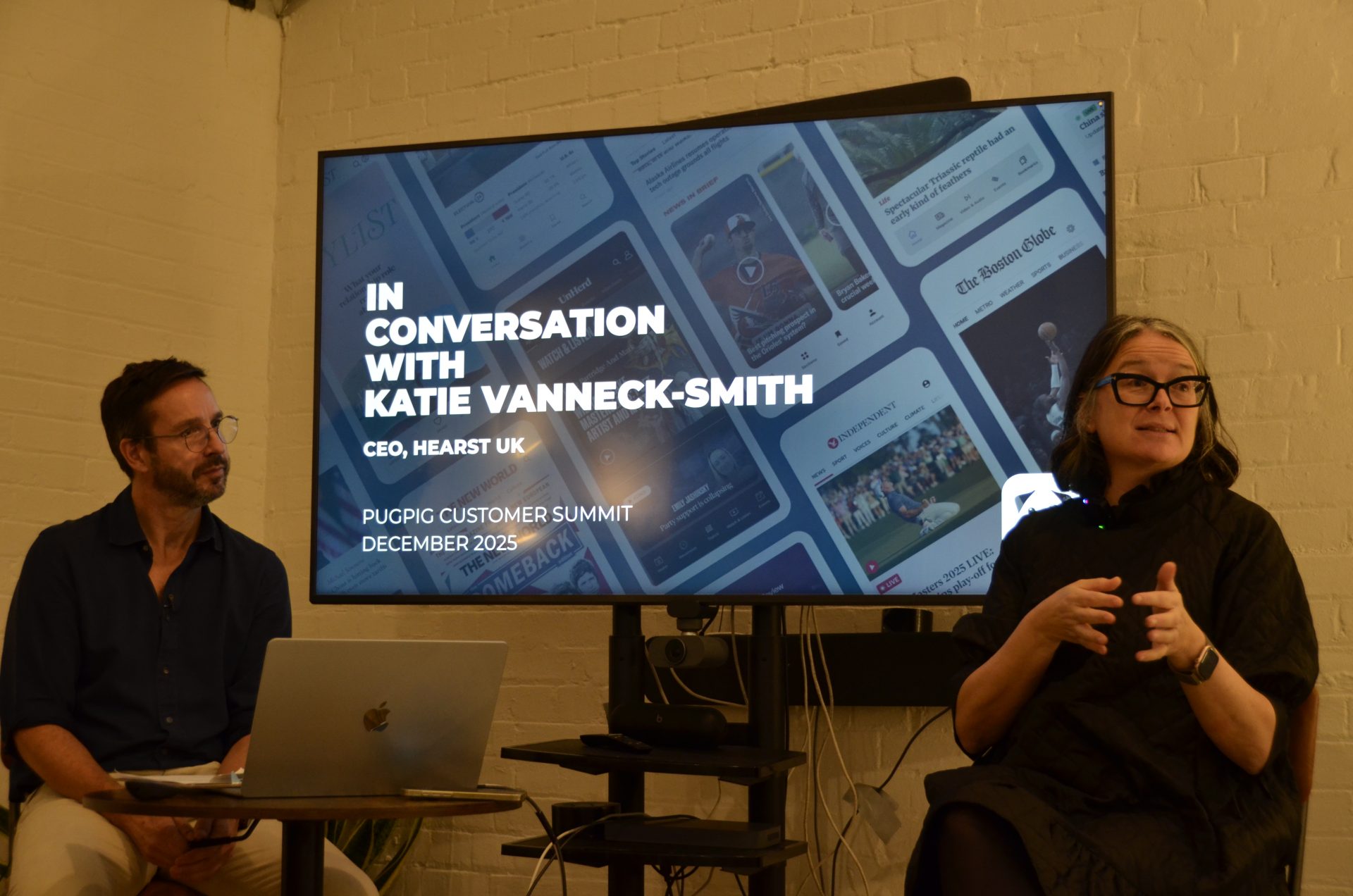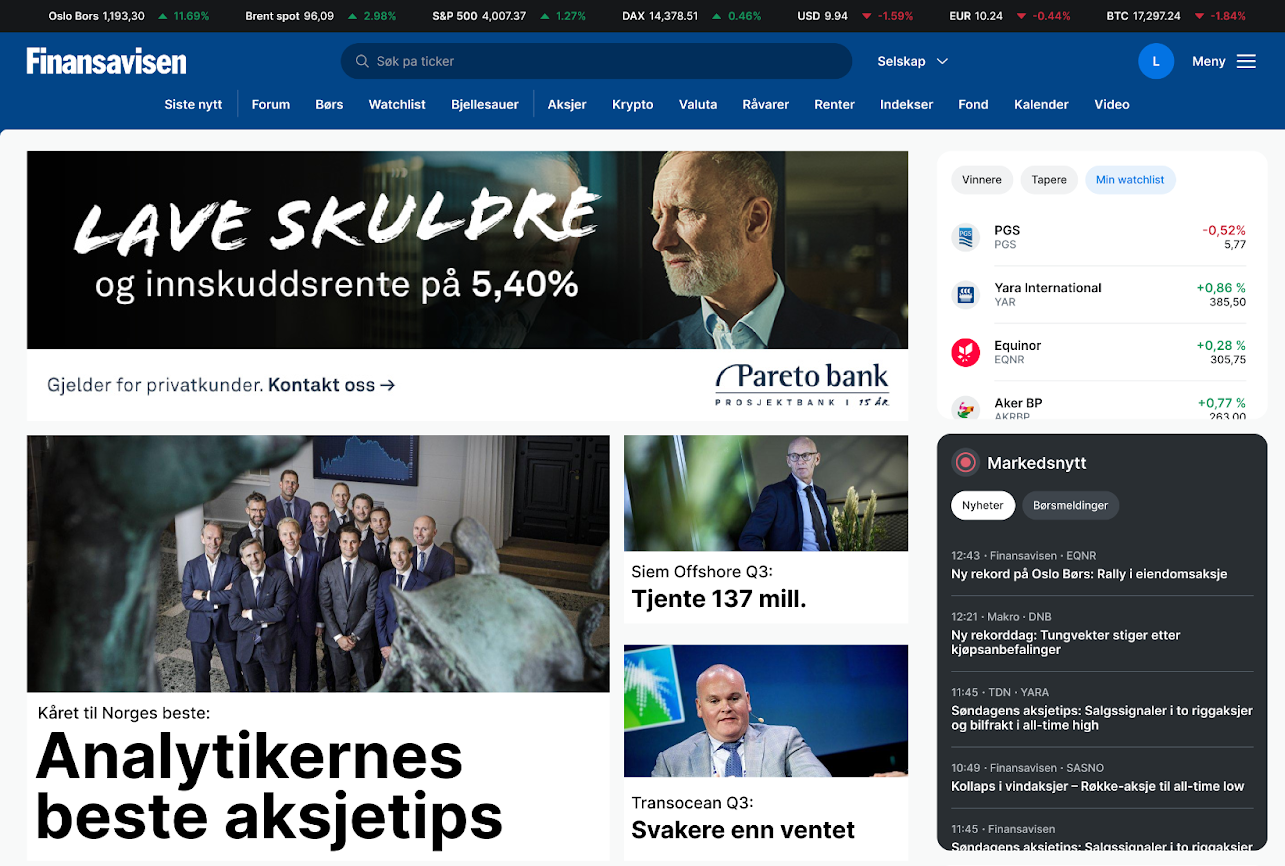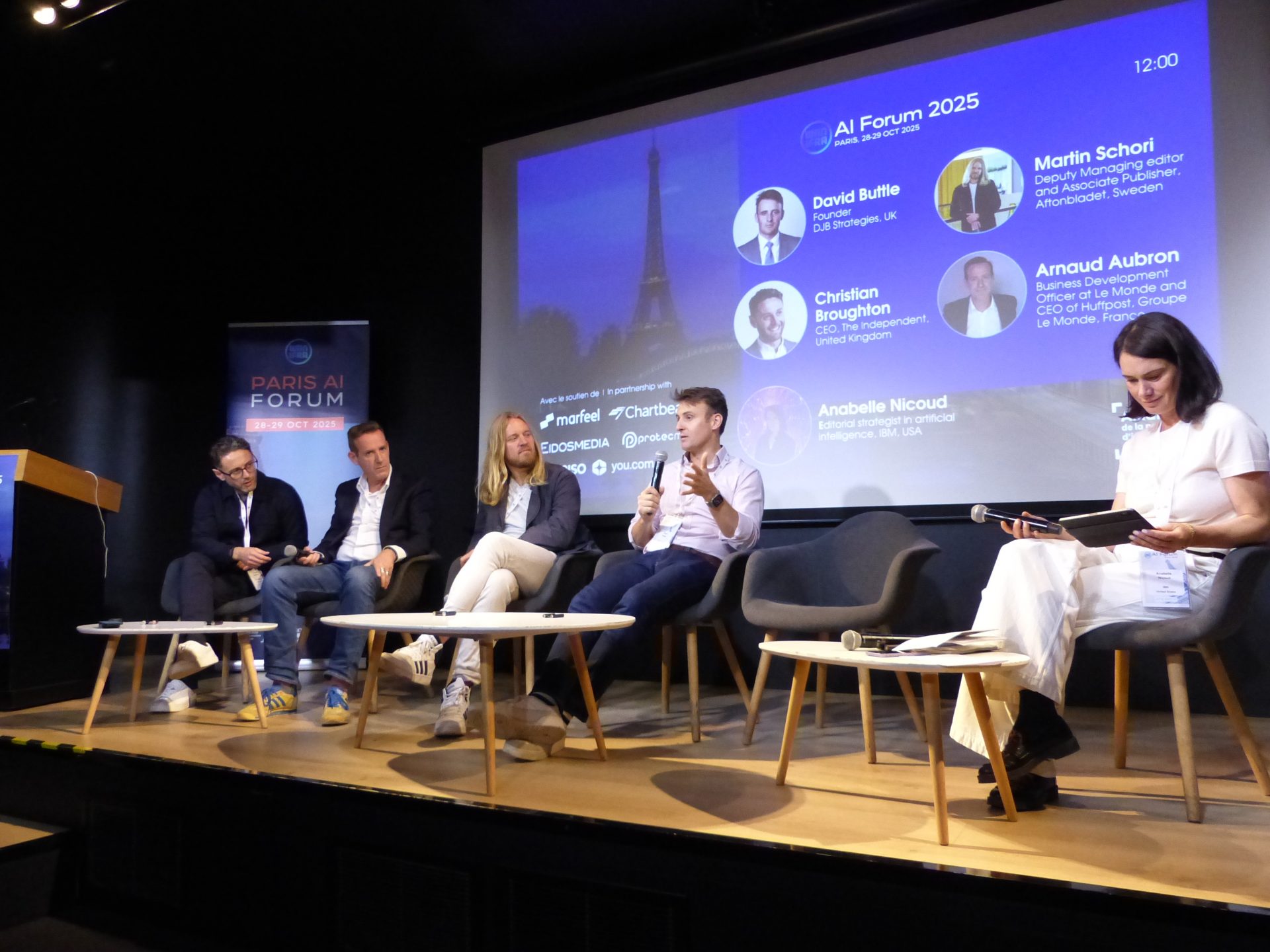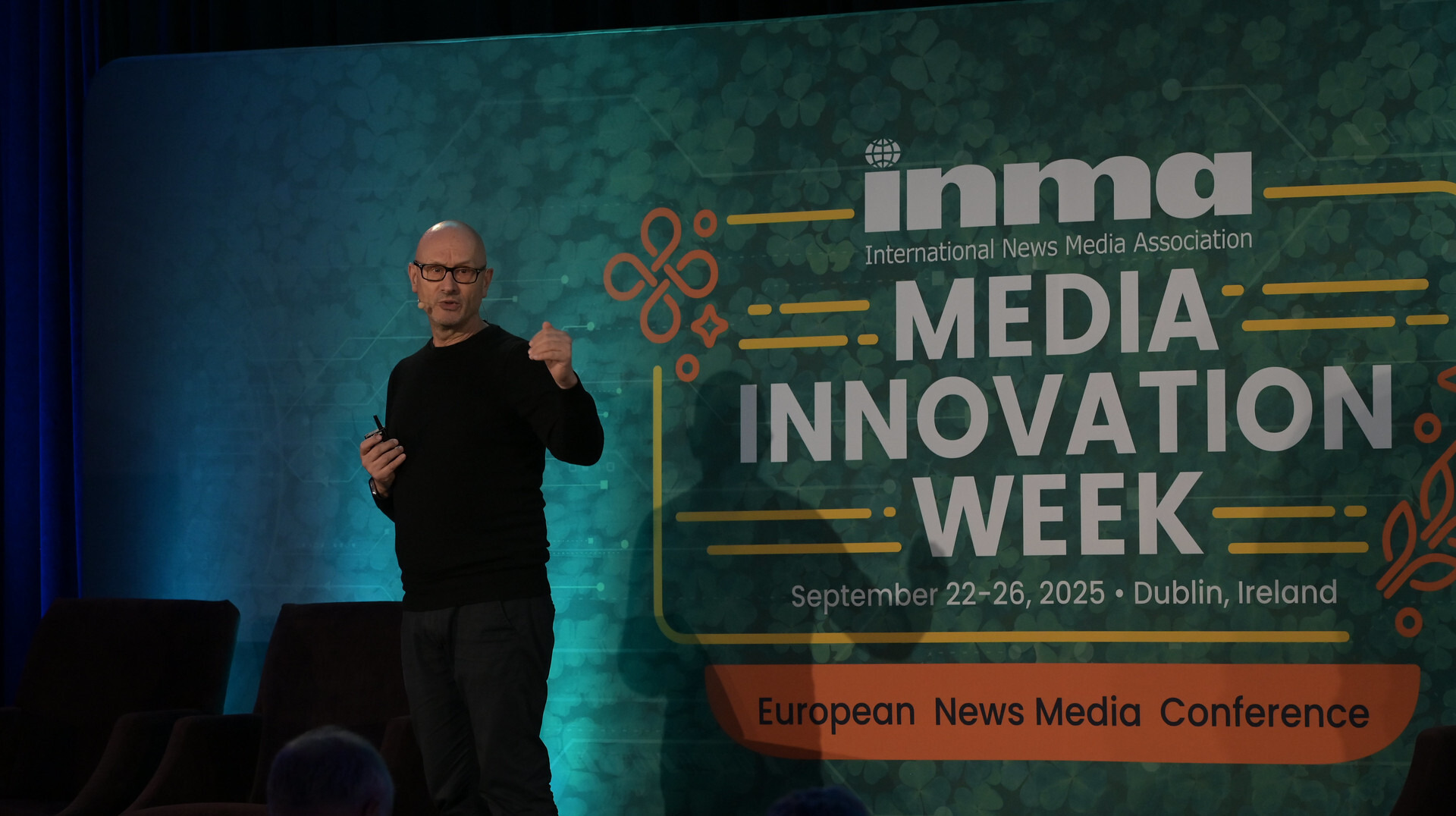
Newsletter
Newsletter
There are lessons in Blendle’s missteps for publishers that can make your subscription and product strategy stronger.
18th August 2023

In the Pugpig weekly media bulletin, Pugpig’s consulting services director Kevin Anderson and digital growth consultant James Kember distill some of the best strategies and tactics that are driving growth in audiences, revenue and innovation at media businesses around the world.
If you would like to learn more about how Pugpig consulting could help you, or have any questions or feedback, please email us at info@pugpig.com.
By Kevin and James
Blendle, the Dutch online news platform, has announced that they will no longer allow access to content via micropayments – small per article fees, typically no more than $2 for featured articles and often just a few cents. They launched in 2013 in the Netherlands before expanding into Germany in 2015 and the US in 2016. When they launched in Beta in the US, Blendle worked with some of the world’s biggest publishers, like the New York Times, Wall Street Journal and the FT.
They were initially greeted with huge enthusiasm from the publishing industry. As Nieman has pointed out in their article on Blendle’s decision, Politico originally claimed that it “could save journalism,” The Guardian asked if it could “save the press from oblivion,” and The Wall Street Journal suggested it could “save the print news industry.” The expectations were massive, and like an El Dorado for journalism, an “iTunes for news” has been a mythical quest for many media innovators.
However, it wasn’t plain sailing, and the core proposition started to come under strain over the last few years. Blendle was forced to close their Dutch operation in 2019, due to its failure to make a profit. The company subsequently pivoted away from micropayments and introduced a part-subscription model in 2019 in an attempt to appeal to a larger number of consumers.
When they were acquired by ‘information streaming’ company Cafeyn in 2020 there was no mention of their micropayments business. If ‘information streaming’ streaming seems too opaque, think of another Apple product, not iTunes but News, a one-payment, one-stop newsstand with access to hundreds of magazines and newspapers. And instead of focusing on Blendle’s micropayment model, Cafeyn focused on the opportunity to “expand into new markets” and gain “product expertise” in areas such as “clipping, tags, recommendations and audio”, rather than micropayments. It showed how the industry had moved on since Blendle first burst onto the scene. Many publishers have already established subscription models, and they aren’t too keen to work with a middleman.
Blendle now says that micropayments “have not proven to be a successful model” and will stop its service for the US and Germany next month. When speaking to Journalism.co.uk, Cafeyn CEO Ari Assuied pointed out German and US micropayment user bases were “very limited compared to the size of the overall Cafeyn/Blendle base, hence our decision to close down the micropayment service.” He added that all-access bundles, such as Spotify or Netflix, are better suited to the modern consumer’s needs. And in that time, publishers have figured out their own ways to capture value from casual audiences with strategies such as registration walls.
Blendle’s decision is a blow for advocates of the payment model, and it’s hard to see where it goes from here, especially because Blendle isn’t alone in struggling to make the it work. In May Twitter announced that they would begin to accept micropayments for news articles from June, but now in mid-August we’re yet to see any movement.
Blendle focused on large publishers with established subscription models. But those subscribers have grown their subscriber bases through strategies focused on increasing engagement to drive innovative new subscription products and bundling them to incrementally increase ARPU. This runs counter to the micropayment model that looks to monetise soft interest amongst a large audience.
However, there are voices who still see opportunity in micropayments, albeit with lessons learned from Blendle’s missteps. Media analyst Esther Thorpe believes that “just because Blendle didn’t take off doesn’t mean micropayments won’t work”. Ultimately, the issue might not be the concept of micropayments but Blendle’s implementation. She highlights the issue of friction for users needing to first download an app.
Perhaps Blendle’s real issue was its place as a news aggregator. They were the middle man, and while noone likes a middleman, Blendle missed its opportunity as an aggregator, replaced by Apple’s News, Google News, Japan’s SmartNews and the News Break app. Had Blendle focused more on the aggregator model, they might have found success. Earlier this year, Chartbeat found aggregators were one of the fastest growing referral sources to news sites.
Some of this is a classic failure of market positioning. Ask anyone in the industry of what they think about when they hear Blendle, and they would say micropayments rather than aggregator. And the aggregators are almost all driven by advertising rather than micropayments apart from Apple News, which benefits from being part of the company’s growing bundle of services. Blendle could have leaned into its role as aggregator and diversified its revenue streams. In essence, it has by way of its acquisition by Cafeyn, but it would have been in stronger position had it made that shift before it was bought.
But even without a separate app or a pivot to being an aggregator there will always be conversion challenges for micropayment models. The hardest part of the subscription journey is convincing the user to enter their payment details. The greatest danger occurs at the point at which they pay again, or renew, their subscription. Micropayments, by their very nature, amplify this issue.
When Blendle expanded into the US in 2016 the publishing industry was trying to solve a particularly acute challenge: How to monetise large audiences of loosely connected users who only want to read one or two articles. This was driven by the ability of news brands to leverage social media, notably Facebook, to get large volumes of traffic through to their sites.
As we’ve been writing about recently, the platform era is over, and Facebook can no longer be counted as a reliable source of traffic. Moreover, there are new risks on the horizon with AI threatening to be a potent disintermediator as people can simply get the information they want from a chatbot instead of having to click through to a media site. Although we see opportunity with AI, publishers are now looking at trying to solve a different problem. Instead of focusing on attracting large numbers of loosely connected users and figure out a way to earn small amounts of money from them, publishers are looking to build direct relationships with smaller audiences. And the best approach for publishers will be to build closer relationships built on habit and loyalty with their audiences. A two- or even three-step conversion process now dominates the media landscape. Publishers are focused on:
This model plus advertising for casual audiences is proving much more sustainable than any micro-monetisation of the masses of anonymous fly-by users of the platform era.
Some volume publishers might continue to dabble with micropayments, but where they are more likely to have a (successful) place is as part of a wider subscription journey where they are sold directly by the publication and not via an aggregator. You can see an example of this with Axate, which adds micropayments as part of a subscription journey. Or micropayments might be added to registration to allow people to buy a few more articles before stumping up for a full-fat subscription. This adds another step to smooth out the user journey to a subscription. In some ways this is a natural evolution of the “trial subscription” where users are given access to all the content at a low price for finite period of time. These trials have the benefit of allowing a publisher to build a relationship with the user but generally have large churn rates at the point in which the user steps up. Adding micropayments as part of a subscription journey is consistent with the data. Subscription services provider Piano has found evidence that some users take out a subscription only to read a single article.
In some ways, products like the FT Edit and Economist Espresso are already doing this. They are offering access to a small number of articles (up to 8 in the case of the Edit) for a relatively “micro” amount of money when compared to a full subscription. They then act as a gateway to allow the brands to establish a relationship and habit with a user, whilst enabling the publisher to monetise the relationship with those people that will never pay for a full rate subscription.
Overall, there could be a future for micropayments in the publishing industry. But it’s unlikely that a platform like Blendle would be able to survive due to the structural changes in the industry over the last few years. However, all eyes are on Elon to see if Twitter X might prove us wrong.
Here are some of the most important headlines about the business of news and publishing as well as strategies and tactics in product management, analytics and audience engagement.

Newsletter

Newsletter

Newsletter

Newsletter

Newsletter